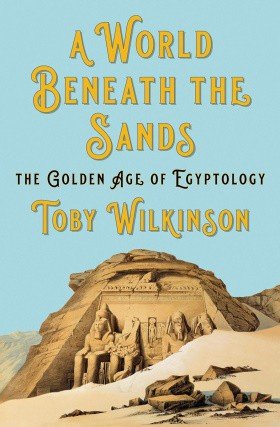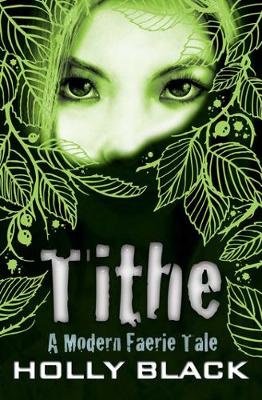
2. Giovanni Battista Belzoni, travelling salesman, circus strongman and amateur archaeologist.

3. A stone bust of pharaoh Ramesses II, nicknamed the ‘Young Memnon’, which Belzoni succeeded in removing in 1816 and acquiring for the British Museum.

4. Jean-François Champollion, decipherer of hieroglyphics and founding father of Egyptology.

5. The temple of the goddess Hathor at Dendera; the zodiac from the ceiling of one of the roof chapels was removed in 1821 and taken to the Louvre.

6. A watercolour by David Roberts of the great temple at Abu Simbel, showing its appearance in the first half of the nineteenth century.

7. A wall decoration from one of the Tombs of the Nobles at Thebes; copying and recording such scenes was one of John Gardner Wilkinson’s major contributions to Egyptology.

8. Muhammad Ali, the Albanian mercenary who founded a dynasty and presided over the modernization of Egypt.

9. A statue of a seated scribe discovered by Auguste Mariette while he was searching for the Serapeum at Saqqara.

10. A relief of the queen of Punt, from the temple of Hatshepsut at Thebes, one of many monuments excavated by the Antiquities Service in the 1860s under Mariette’s direction.

11. The tomb of Mariette in the garden of the Egyptian Museum, Cairo.

12. Amelia Edwards, Victorian novelist, traveller, founder of the Egypt Exploration Society, and indefatigable champion of Egypt’s ancient heritage.

13. A painted mummy mask from Hawara; dug from the sand by Flinders Petrie, this and other portrait masks shed new light on Egyptian culture during the Ptolemaic and Roman periods.

14. The Hypostyle Hall in the temple of Amun-Ra at Karnak; its partial collapse in 1899 brought home the need for better protection of Egypt’s monuments.





















